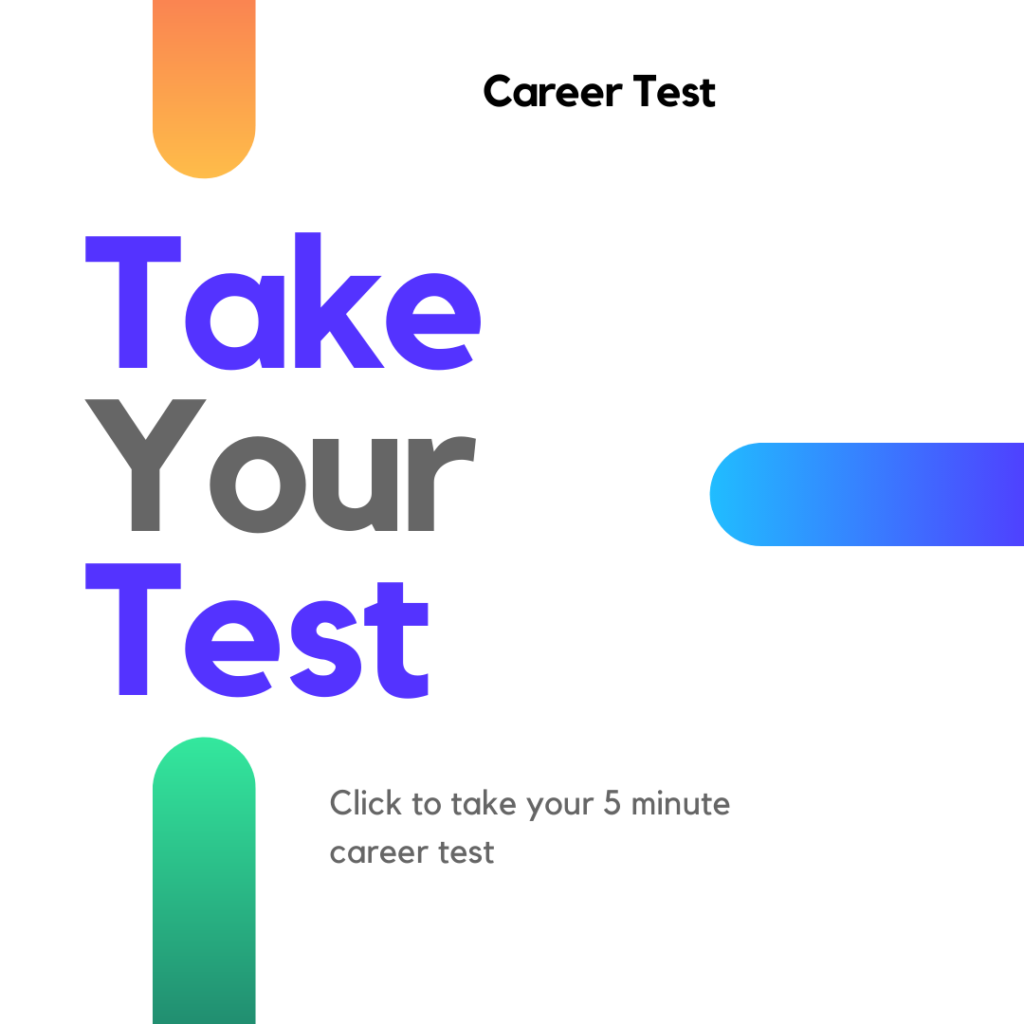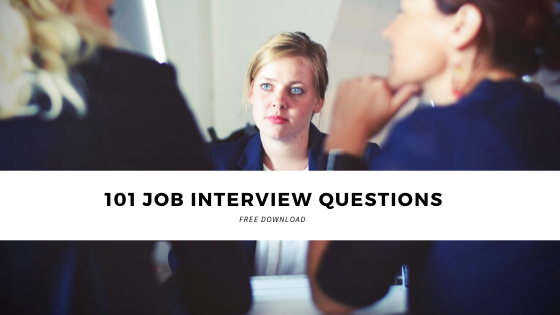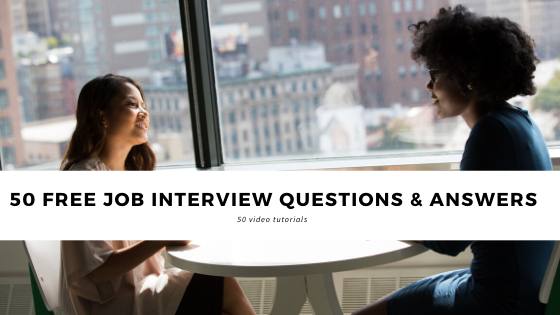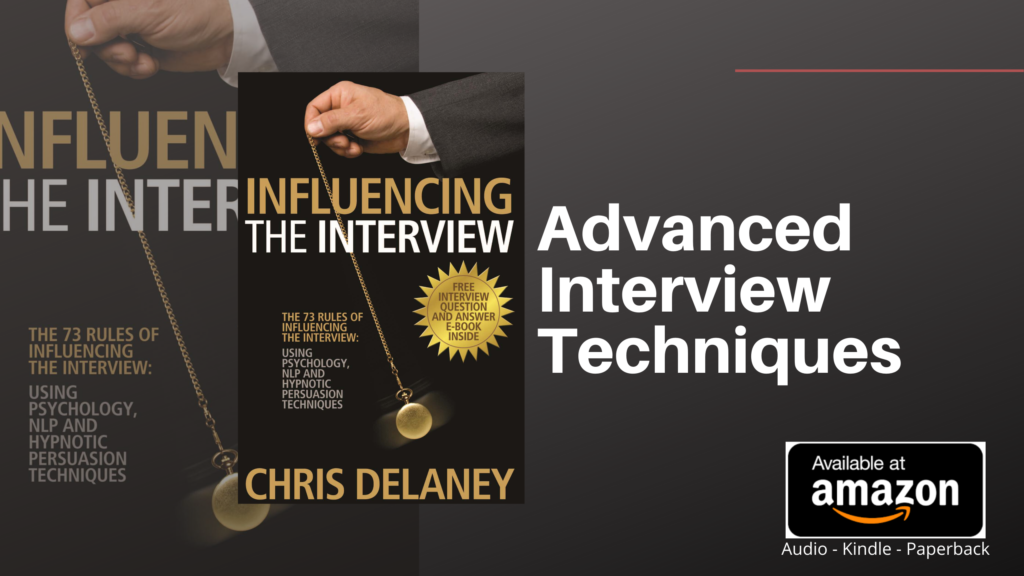Recruitment decisions are influenced by unconscious bias, this is a fact.
Organisations, being aware of unconscious biases, continue to look at innovative ways to create a fair hiring process.
Currently, the structured job interview is the best interview model for reducing the impact of unconscious bias. This is because the structured interview, compared to an informal job interview, uses an analytical system – awarding different points to applicant’s answers, based on the relevant information given in the interveiw answer referenced against the job criteria for the advertised position.
What should happen, in a fair job interview, is that 2 applicants stating they have the same experience, skillset and qualifications during an interview answer, are awarded the same points.
But in reality, due to unconscious bias, two similar competent applicants are awarded different scores.
Understanding Unconscious bias
Unconscious bias or implicit bias, influences the employers scoring, increasing points to an applicant they unconsciously favour, or reducing points to an interviewee they unconsciously discriminate against, based on any number of reasons or groups (race, gender, age, weight, religion, values, beliefs, the list is large)
What is important to remember is that the bias is unconscious, outside of an employer’s awareness. An interviewer, through their own personal experiences, will make a decision influenced by a stereotype at the back of their mind.
An example of this is having 10 people describe a doctor working in a hospital. You can try this yourself. Describe what the doctor is wearing, the doctor’s hair colour, their body language. Also, is your doctor male or female?
Most people, in fact about 99% of people, will imagine the doctor to be male – this is unconscious bias in play; your experiences, maybe from TV shows, books or due to historically most doctors being male, you quickly make a snap judgment based on your experience.
This process is natural, everyone does it. The mind to make quick decision uses stereotypes when making everyday decisions without the conscious brain be aware of what is going on at the subconscious level.
Evidence has proved how unconscious bias affects the job interview process, either positively or negatively.
What is conscious bias?
When making an unconscious decision there is no malicious intent, it is purely a natural process. Whereas conscious bias is a decision being made based on prejudice.
An example of conscious bias or prejudice is a start-up only wanting to hire ‘young’ people because they believe older applicants won’t have the energy to work in a new innovative organisation.
How unconscious bias affects the job interview.
Applicants need to be aware of unconscious bias.
To make a generalisation, there are two types of recruitment biases; positive unconscious bias and negative unconscious bias.
Positive unconscious bias.
Biases, in the job interview, can have a positive affect on the interview outcome.
If for example, an employer finds commonality with an applicant they will favour them more than other interviewees without similarities. This is affinity bias. Employers will naturally hire a team that is similar to themselves.
Affinity bias hiring can create a friendly culture, as everyone is on the same page, but can put an end to growth and diversity, as experiences, which can create ideas, are all similar.
For a job applicant, though, they can use affinity bias to help gain an offer of employment. Using social media a candidate can analyse the interviewer to find similarities which they bring to the employer’s attention, subtly, during the job interview.
What you have in common isn’t important, what is important is having commonality, which can include; interest, experiences, background, education, age, gender or even a similar sounding surname.
In the job interview, an applicant might be explaining how they left school with no qualifications due to being dyslexic, and only achieved career success through hard work and a strong work ethic.
An employer, with a similar story themselves, hearing this, will naturally create rapport with the applicant, unconsciously scoring their interview answers higher than they may have without recognising a shared background.
This process of ‘liking’ can be created prior to the job interview and influence the interviewers scoring of applicants through confirmation bias.
An employer, themselves, finding a similarity, say on the applicant’s application form, will make a snap-judgment. If for example, the employer and the candidate both attended the same university, the interviewer, without evidence, will presume the candidate to be a ‘good fit’ as they believe that getting an education at the university they attended means that the applicant will have the skills and work ethic for the advertised job role.
The employer, now with a positive opinion of the applicant, will unconsciously encourage the candidate to perform well, creating a self-fulfilling prophecy.
The halo effect is similar. A none specific piece of information, such as the name of an organization the applicant previously worked at, shapes the opinion of the interviewee before, or even during the job interview.
If an employer holds a certain company in high-standing, due to an exceptional reputation and an applicant states that they have worked for this organization for several years, the employer will associate their positive emotional feeling for the company to the applicant.
In this example, the employer, unless they question the applicant, doesn’t know if the applicant was viewed as a good or poor worker by the company they previously worked for.
The horn effect is the halo effect opposite – a negative bias based on none specific data.
What is beautiful is good, bias links attraction to positive attributes. This means an attractive applicant can be seen as more employable based on their looks alone.
The time of the job interview also influences the job interview outcome. Often the first interviewee is viewed as the base-line applicant. This is classed as contrast bais where employers make opinions of one candidate based or compared to a previous interviewee.
This means the first interviewee is the baseline applicant, with the employer subconsciously asking is the current applicant better or worst than the first?
Negative biases
Decision fatigue bias is the recurring problem of employers squeezing many interviews into one day – to get it over with!
By the end of a full day of job interviewing – consciously scoring many applicants against the job criteria, employers become tiered, resulting in a deterioration of accuracy.
Applicants to overcome this common barrier need to bring energy, enthusiasm and intrigue to the job interview, to wake up the interviewer and get them interested and listening.
A well-known bias is gender bias. This particular bias works on two levels.
Level 1 – generic gender bias. This is where an interviewer perceives one gender to be more hirable than another. Research shows that males are nearly twice as likely to be hired over a female.
Level 2 – job roles in gender bias. Some interviewers, unconsciously, will believe that a certain gender is more suited to a particular job role. An example of this is civil engineering, where research shows a stark difference in the number of male and female civil engineers in managerial positions, the gender imbalance is also linked to pay and recruitment practice in general.
Ageism is another common bias where opinions are based solely on an applicant’s age rather than their experience and skill set.
Less known is name bias which, research has shown, links a ‘name’ to ‘suitability’. One study found that ‘white’ sounding names received 50% more interview offers than non-white sounding names.
Another study looking a religious bias found that employers offered more job interviews when they received an application from ‘Mo’ instead of ‘Mohammed’.

Unconscious bias and the job interview.
The job interview is designed to create a fair process to help employers hire the most suitable applicant, by predicting (or attempting to) job performance.
But, unconscious bias, especially when an interviewer is unaware of how biases work, influence the interview outcome. It is important to remember that biases are unintentional and unconscious.
Even though unconscious bias is a natural process, employers can learn to overcome this negative process by becoming aware of the various biases that affect the job interview outcome.
Some employers have taken action and will remove an applicant’s name, age and gender from an application form to make the recruitment process fairer.
In the job interview itself, employers can be directed to provide evidence for the reason of a recruitment decision, helping the interviewer to make a more analytical choice, as unconscious decision making is an emotional process.







